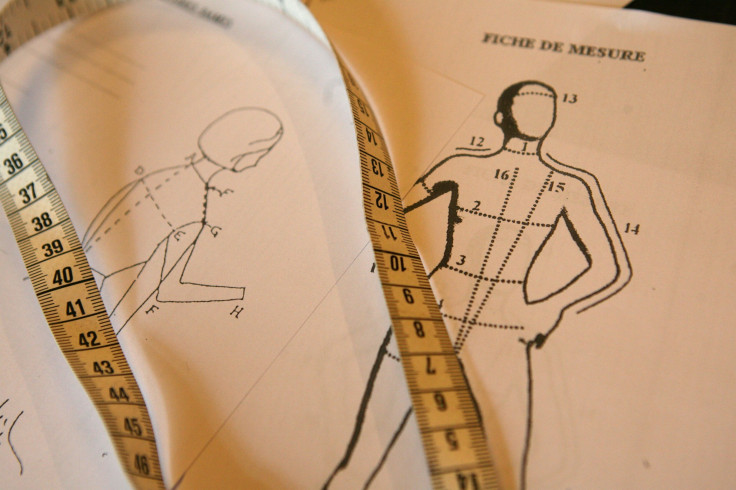'Alpha Size' Clothes May Be Good For Retailers But Not For Shoppers

If you’re a frequent shopper, you may want to put your tailor on speed dial. As more and more apparel brands change their sizes from numeric to letter sizes, customers are buying ill-fitting clothes.
“Alpha sizing”-- designating clothes as small, medium and large as opposed to specific numbered sizes -- is on the rise, according to the Wall Street Journal. Retailers from high-end to mass market are making the shift because alpha sizing makes production easier and often makes customers' experience more pleasant. The trouble is, shoppers may end up with clothes that are less than flattering.
For retailers, the flow of sales is easier with alpha sizing; with just just three categories, the odds of being stuck with "wrong-size" stock is lower. Customers benefit from alpha sizing because it makes it easier for them to find their size (or something close to it), retailers claim. In the fitting room, customers are happier when they have less to try on. When shopping online, customers who often buy two sizes only to return one later are are likely to buy only one -- and to keep it -- when the item is an alpha size.
But personal shopper and stylist Amy Salinger from Lifetime’s series “Million Dollar Shoppers" is not a fan of the trend. Some of the current runway trends—loungewear with looser fits, for example—are naturals for alpha sizing because they don't require a carefully tailored fit, she said.
But some retailers are compromising fit, Salinger said, leaving many shoppers between two sizes.
“The most important thing is fit,” she said. “People are not wearing the correct sizes.”
“There’s no way there can’t be [issues] if you’re only offering three sizes versus 12,” Salinger said. “I don’t think that’s perfecting a size. I think that’s giving less options for too many body types.”
But it’s also reducing the likelihood that a shopper will talk themselves out of a purchase.
Sizing strategy company Alvanon Inc. President Ed Gribbin told the WSJ that more than half of women are more likely to ditch a potential purchase than opt for a larger size than what they believe they are (or want to be). Over the years, that’s led many designers to adopt “vanity sizing, which has made what was once a size 10, for example, into a size 4. Alpha sizing – which does not have consistent standards, meaning a manufacturer can slap an ‘S’ on clothing of any size – can be seen as a natural extension of this.
Some brands have acknowledged that their sizes run large so women “feel skinny” when they fit into what appears to be a smaller size, as designer Michelle Smith told the WSJ. Salinger said she often has to tell clients to ignore the label.
“I tell clients it doesn’t matter what the size says on the inside, it matters how it looks and how it fits you,” Salinger said. "It might be a bigger size, but if you want to look good, you’ll wear the correct size.”
“I’m part psychologist and part stylist,” Salinger said.
© Copyright IBTimes 2024. All rights reserved.






















